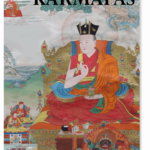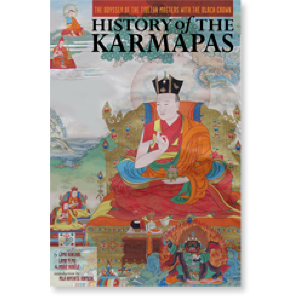| The following article is from the Spring, 2012 issue of the Snow Lion Newsletter and is for historical reference only. You can see this in context of the original newsletter here. |
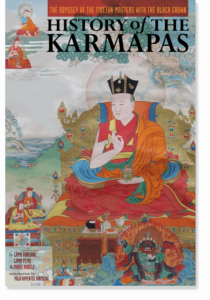
Why, since the thirteenth century, in the Tibetan tradition, has it been necessary to find tulkus and rinpoches as quickly as possible?
First and foremost, it is a question of memory. Not all tulkus have attained the high grounds of bodhisattvas, and the memory of their last lives is erased little by little as they grow up. It is therefore essential to recognize such tulkus while their memories are still intact because then they can the often give very precise indications of their previous lives and are still capable of recalling their previous studies.
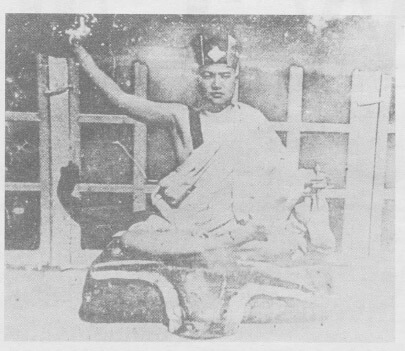
Likewise, they may experience a (re)introduction to the nature of the mindindispensable along the path to realizationall alone, without the help of an external master, as was the case for Wangchok Dorje (1860/62-1886), a son of Chokgyur Lingpa, and for other tulkus alive today. Some tulkus are capable of mastering the path and developing the experiences of realization all alone. This spontaneous way of practicing is not incompatible with the traditional path, as it is held that the dharma of realization is more important than the dharma of study. Great bodhisattvas always teach through their realization. A realized master does not teach in a limited way as does a teacher who has perfected only the dharma of study.
For them, a simple review of the path and its practices is sufficient. The longer the time between rebirth and rediscovery, greater the risk of loss. That is why elaborate systems of recognition rapidly developed in Tibet. It was unthinkable to lose the rinpoches, who are so precious for beings....
When tenth-ground bodhisattvas enter the womb, they do not suffer any alteration of consciousness and can thus effortlessly remember most of their previous studies. They take up formal teaching, transmitted from the mouth of the master to the ear of the disciple, as Tibetans say, only to set an example for others and to maintain links with past lives. Ultimately, they do not require it.
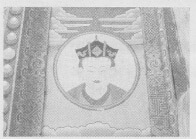
Top photo: The l6th Karmapa in the 1940s or 1950s. Bottom: The third Karmapa appearing in the moon, ]ampey Lhakang temple, Bumthang, Bhutan (Photo by Lama Kunsang)

